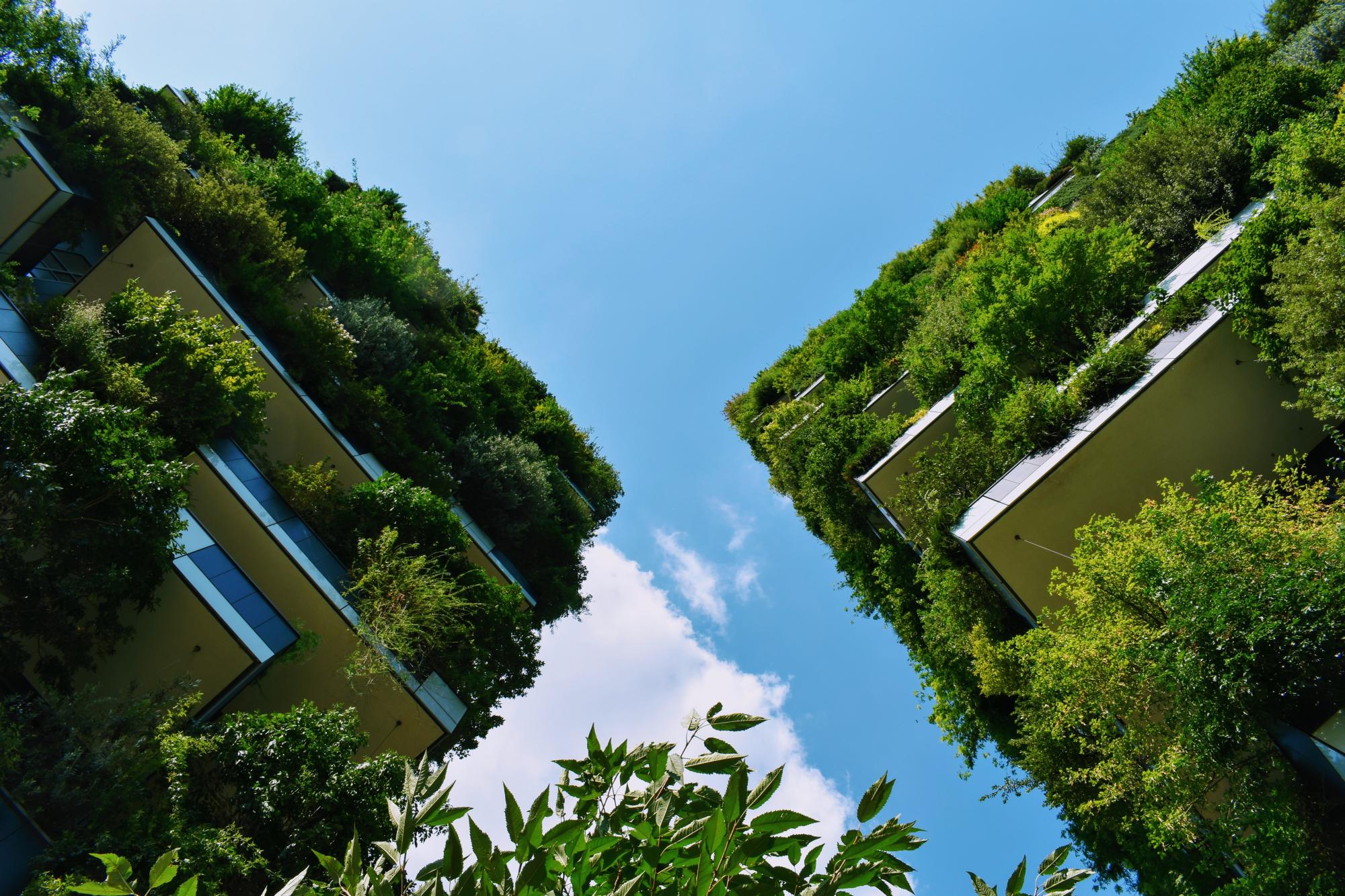The redevelopment of the Bishan-Ang Mo Kio Park (Singapore) saw the naturalisation of the previously channelised Kallang River, as well as the installation of wetland cells as water cleansing biotopes and creation of butterfly habitats (Ref. 1). The Kallang River was previously confined to a concrete canal that ran to the southern edges of Bishan-Ang Mo Kio Park (Ref. 1). The channel segregated the two residential areas situated on either side of the park, with the river's 2.7km continuous concrete channel being crossable at only certain defined points (Ref. 3). Following its naturalisation, culminating in 2012, the now 3.2km meandering river is considered the park's highlight, "merg[ing] seamlessly with the park's greenery" (Refs. 1 & 6), and creating a "blue-green recreational network which is well-integrated with nearby residential areas" (Ref. 2).
Overview
Nature-based solution
- Blue infrastructure
- Rivers/streams/canals/estuaries
- In-land wetlands, peatlands, swamps, and moors
- Green areas for water management
- Rain gardens
- Swales and filter strips
- Sustainable urban drainage systems
- Grey infrastructure featuring greens
- Riverbank/Lakeside greens
- Parks and urban forests
- Large urban parks or forests
Key challenges
- Climate action for adaptation, resilience and mitigation (SDG 13)
- Climate change adaptation
- Green space, habitats and biodiversity (SDG 15)
- Habitat and biodiversity restoration
- Green space creation and/or management
- Regeneration, land-use and urban development
- Promote natural styles of landscape design for urban development
- Water management (SDG 6)
- Flood protection
- Stormwater and rainfall management and storage
- Improvements to water quality
- Health and well-being (SDG 3)
- Creation of opportunities for recreation
- Social justice, cohesion and equity (SDG 10)
- Social cohesion
- Social interaction
- Environmental education
Focus
Project objectives
Implementation activities
Climate-focused activities
Climate change adaptation:
- Implement measures that prevent/manage desertification, soil erosion and landslides
- Implement solutions to capture/store water to increase its availability and prevent shortages from droughts
- Increase or improve urban vegetation cover to help reduce outdoor temperature
- Create or improve outdoor spaces to help people escape from urban heat
- Restore wetlands and/or coastal ecosystems to dissipate the effects of flooding and/or storms
- Implement sustainable urban drainage infrastructure (e.g. to make space for water)
- Renaturalization of rivers and other water bodies
Biodiversity conservation or restoration-focused activities
Biodiversity restoration:
- Rehabilitate and restore damaged or destroyed ecosystems
- Restore species (native, endangered, or unspecified)
Main beneficiaries
- Citizens or community groups
- Young people and children
Governance
Management set-up
- Co-governance with government and non-government actors
Type of initiating organisation
- National government
- Public sector institution
Participatory approaches/ community involvement
- Co-planning (e.g. stakeholder workshops, focus groups, participatory mapping)
- Consultation (e.g. workshop, surveys, community meetings, town halls)
- Joint implementation (e.g. tree planting)
- Citizen monitoring and review
Details on the roles of the organisations involved in the project
Project implemented in response to ...
Financing
Total cost
Source(s) of funding
- Public national budget
Type of funding
- Other
Non-financial contribution
- Provision of labour
- Provision of other services
- Citizens (e.g. volunteering)
- Other
Impacts and Monitoring
Environmental impacts
- Climate change
- Lowered local temperature
- Strengthened capacity to address climate hazards/natural disasters
- Environmental quality
- Improved soil quality
- Water management and blue areas
- Improved water quality
- Increased protection against flooding
- Improved stormwater management
- Enhanced protection and restoration of freshwater ecosystems
- Green space and habitat
- Promotion of naturalistic styles of landscape design for urban development
- Increased green space area
- Increased conservation or restoration of ecosystems
- Increased conversion of degraded land or soil
- Reduced biodiversity loss
- Increased number of species present
- Restoration of derelict areas
Economic impacts
- Reduce financial cost for urban management
Socio-cultural impacts
- Social justice and cohesion
- Improved social cohesion
- Improved access to urban green space
- Increased opportunities for social interaction
- Increased involvement of locals in the management of green spaces
- Health and wellbeing
- Improved mental health
- Improved physical health
- Gain in activities for recreation and exercise
- Cultural heritage and sense of place
- Improvement in people’s connection to nature
- Education
- Increased support for education and scientific research
- Increased knowledge of locals about local nature
Type of reported impacts
Presence of formal monitoring system
Presence of indicators used in reporting
Presence of monitoring/ evaluation reports
Availability of a web-based monitoring tool
References
2. National Parks (n.d). Your Guide to Bishan-Ang Mo Kio Park. Singapore: Singapore Government. Source link [accessed 29/09/21];
3. Baur, T, Syariffudin, E and Yong, M. Kallang River @ Bishan-Ang Mo Kio Park: Integrating River and Park
in an Urban World. Singapore: Singapore Government. CityGreen #5: A Centre for Urban Greenery and Ecology Publication. Source link [accessed 29/9/21];
4. Ghisleni, C and Duduch, T (2021). 6 Urban Design Projects with Nature-Based Solutions. Archdaily. Source link [accessed 29/9/21];
5. Ramboll Studio Dreiseitl (n.d.). Bishan Park. Ljubljana: Landezine. Source link [accessed 29/9/21];
6. Ng Keok Poh, L (n.d.). Bishan-Ang Mo Kio Park. Singapore: Ramboll. Source link [accessed 29/9/21];
7. Zhongfang, A, Qingchang, C and Jian, L (2020). Ecological Strategies of Urban Ecological Parks – A case of
Bishan Ang Mo Kio Park and Kallang River in Singapore. Shanghai: E3S Web of Conferences 194, ICAEER 2020. Source link [accessed 29/9/21];
8. Valladares Navea, V (n.d.). Revitalisation of Urban Streams: A holistic approach to the enhancement of an urban reach of the Pleichach River in the city of Würzburg, Germany. Hamburg: HafenCity Universität. Source link [accessed 29/9/21];
9. Schofield, E (2015). How Bishan Park Became “The Central Park” of Singapore. Luxembourg: Land8. Source link [accessed 29/9/21];
10. OECD, Asian Development Bank Institute and Mekong Institute (2020). The Development Dimension Innovation for Water Infrastructure Development in the Mekong Region. Paris: OECD Publishing. Source link [accessed 29/9/21]; and
11. Singapore Government (n.d.). Active, Beautiful, Clean Waters: Design Guidelines. 4th Edition. Singapore: Singapore Government. Source link [accessed 29/9/21].





